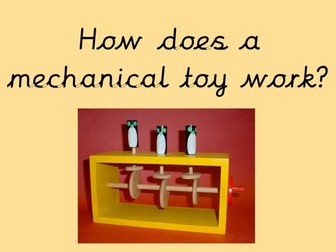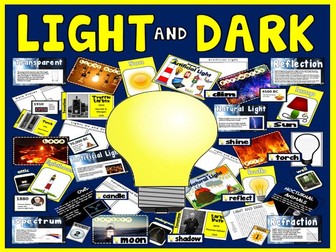Sale

Digital Functional Skills - Module 1 - Using Devices & Handling Information - 1.1 - Digital Devices
These resources have been created for those delivering the Digital Functional Skills Qualification at Entry Level which replaced the current Functional Skills ICT Qualification from 31st of July 2023. The DFSQ’S main purpose is to provide reliable evidence of a learner’s achievements against content that is relevant to the workplace and real life.
These resources provide a structured assessment in workbook form to evidence learner’s knowledge and skills as well as their ability to apply these in different contexts and demonstrate that all learning outcomes have been met.
The qualification is made up of 5 Module and broken down into a series of units.
The unit workbooks include various challenges, activities and tasks to prove learners understanding. Each page has a header that includes the individual outcomes covered which can be signed off. he individual outcomes covered and can be assessed easily and signed off.
This workbook covers:
Module 1 - Using devices and handling information
Unit - 1.1 Know the main features and uses of different types of device.
This resource includes:
Task 1 - Learners to identify 9 key digital devices using images.
Task 2 - Using their existing knowledge coupled with some online research, learners will record below 3 key features for each digital device.
Task 3 – Learner will then collate data on how much each device is used by themselves and their peers.
Task 4 – Using questioning, learners will identify pros and cons of each device and their overall popularity. They will investigate other devices available on the market and give their opinions of the future of technology as a whole.
Also included in this resource is a Skills and Knowledge checklist to be completed before and after delivery of this unit. It also includes a glossary with key words associated with this module to be completed by the learner in their own time. Guided answers when appropriate are also included.
Other Workbooks in this DFSQ series are available on TES. Many are still being created and will all be available soon.
This resource is currently in a PDF file format. Word versions are available for free upon purchase of the PDF, please message me directly for these at SmartbooksEd@outlook.com.
Feedback is Key and we value your positive comments and constructive criticism. Post a review and we will send you another singular resource of your choice for FREE! Just contact us at SmartbooksEd@outlook.com.
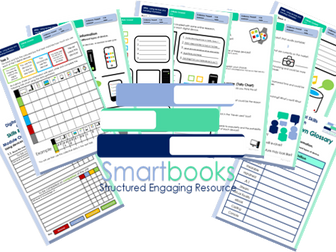
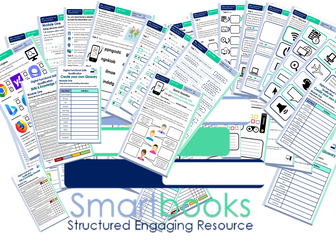
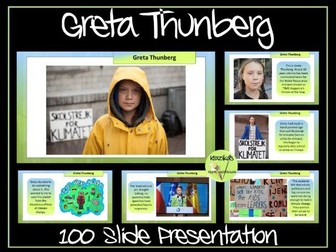

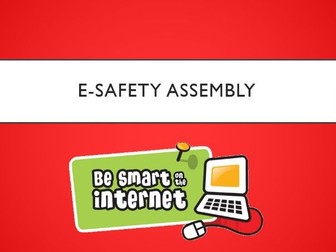

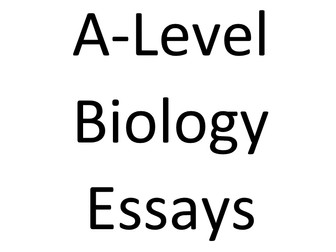

![The Ultimate P4C Resource Pack [Philosophy for Children]](https://l.imgt.es/resource-preview-imgs/912c7712-554e-41c9-a1a9-7a7c29b5055a%2FBUNDLECOVERP4C.jpg?profile=res-img-med-legacy-v2)

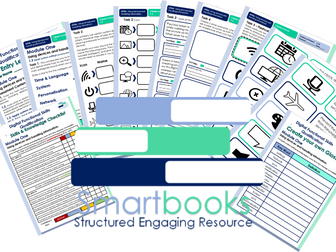
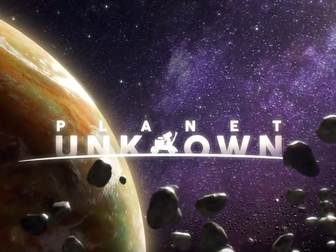




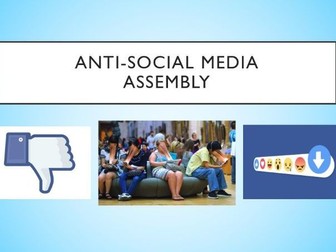
![E-Safety & Cyberbullying - PSHE Session [P4C PSHE] (Social Media, Cyber Bullying, Safety, Computer)](https://l.imgt.es/resource-preview-imgs/758fcc5d-1a7d-46e2-89e3-27c3586a2d49%2FNewCover2018PSHESingles.crop_960x717_0%2C0.preview.jpg?profile=res-img-med-legacy-v2)

